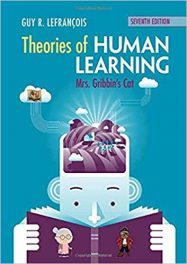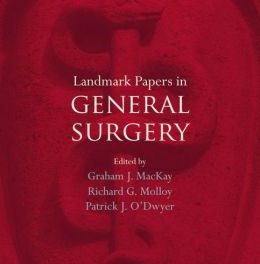Authors: Jack Norris, RD and Virginia Messina, RD, MPH
Publisher: Da Capo – Lifelong Press – 283 pages
Book Review by: Laxmi Chaandi
Vegetarians avoid meats and sometimes seafood. Most do not eat eggs, but some do. Vegans go a few or a lot of steps further by not only avoiding all meats, seafood and eggs but also milk, cheese, butter and all products that contain anything from animals, such as biscuits using eggs as ingredients. Some vegans also do not wear clothing and footwear made of leather, silk, wool and other materials that were parts of animals once.
This book states that veganism began in the Western world in 1944 in England. In the east however, as is well-known, most Hindus are vegetarians. But it is not known among the 1.2 billion people in India how many are vegans.
Vegans outside India, especially non-Hindus, have the desire to improve their health as the basis for eating plant-based food. Recent books, such as importantly, The China Study provide scientific proof that consumption of meats, is not only linked to, but is the cause of deadly ailments such as cancer, diabetes, heart disease and other maladies.
Vegan for Life, written by nutrition experts Jack Norris and Virginia Messina, provides much value to those considering on turning to vegan foods and have questions on many topics, as well as to veteran vegans who want to fill the gaps in their knowledge.
The book presents knowledge, guidance and insight to help those who consume meats and vegetarians transition to vegan diets. It is packed with tables and charts such as about 20 pages in chapter 6 that provide the vegan food sources of important nutrients that get attention; another 20 pages of a Vegan Food Guide in chapter 7; and how to, in chapter 8, transition to a vegan diet.
“When you go meatless and dairy free, what on earth do you eat?” ask the authors. They answer: “Some of the best food you’ve ever tasted!” Many people fear that going vegan would mean severely restricting their food choices. On the contrary, going vegan starts a discovery process that leads to many delicious foods they’ve never tasted before.
The authors point out to delectable vegan food items like crispy falafel croquettes, crusty barbecued Indonesian tempeh, tangy sesame butter sauce used on a variety of vegan dishes, sweet almond milk, and more. Listed at the end of chapter 8 on transitioning to a vegan diet are numerous simple, easy-to-prepare dishes, including ten vegan dinners.
Some of these tasty dinners are: baked potato topped with baked beans and shredded soy cheese accompanied by frozen spinach sautéed in olive oil; veggie burger on a roll with salad and a prepared salad dressing; pasta salad with canned chick peas, chopped raw vegetables and onions with a vegan mayonnaise; warm burritos containing vegan refried beans, topped with chopped tomatoes and cubes of avocado, and rolled, ready to eat.
Also available are breakfast suggestions, quick lunches including some you can brown bag and take to work or school, and tasty vegan snacks, treats and desserts. Breakfasts can be your simple, usual cereals using non-dairy (e.g. soy) milk with a toast, nut butter, juice and fruit; or you can try an easy-to-make scrambled, in place of the omelet.
The authors suggest you try ethnic cuisines to discover meals from Asian countries where (based on my background) a lot of people eat mainly plant-based foods. In China, India, Hong Kong, Indonesia, Japan, Malaysia, the Philippines, Singapore, Taiwan, Thailand and Vietnam, people eat a large variety vegetables prepared creatively to taste really good.
And there are numerous cookbooks available featuring dishes from each of these places that can be eaten for breakfast, lunch or dinner or as mid-morning or afternoon snacks.
For desserts, the authors offer that you learn to bake cakes without using eggs, which act as a binder, preventing the cake from falling apart. They suggest that you use a little bit of flour, bread crumbs or rolled oats as part of your recipes. It is suggested that you look for recipes that require no more than one or two eggs, which you can substitute with the vegan version.
Other chapters provide information on special topics and answers to important questions such as how to get from vegan foods all the nutrient your body needs; how to vary your vegan diet during pregnancy and breast-feeding; how to get all the nourishment you need if you are a senior; how to manage your weight and health if you have diabetes or heart disease; vegan-based nutrition for athletes and is it safe to eat soy-based foods?
Knowledge is key to better health, so at the end of this book, the authors provide many resources you can check out to enlighten yourself on any subject relating to vegan living, including but no limited to books, organizations, people and websites.
This book is a very valuable guide to healthier living. Jack Norris and Virginia have done an excellent job compiling a lot of information and weaving it together in this excellent work. Their background in dietetics and nutrition provide a solid basis for their recommendations to readers.






